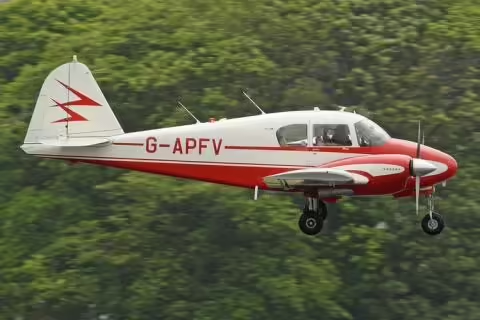
URBANA, Ill. – According to national USDA statistics, no-till and conservation tillage are on the rise, with more than three-quarters of corn and soybean farmers opting for the practices to reduce soil erosion, maintain soil structure, and save on fuel. However, these estimates are based primarily on farmer self-reporting and are only compiled once every five years, potentially limiting accuracy.
In a new study, University of Illinois scientists demonstrate a way to accurately map tilled land in real-time by integrating ground, airborne, and satellite imagery.
“We’ve shown remote sensing can quantify regional-scale tillage information in a cost-effective manner. This field-level information can be used to support growers in their management practices, as well as to support agroecosystem modeling and provide tools to the USDA to verify their census data,” says the study’s lead author, Sheng Wang, a research assistant professor in U of I’s Department of Natural Resources and Environmental Sciences in the College of Agricultural, Consumer and Environmental Sciences. He is also a research scientist in the Agroecosystem Sustainability Center at U of I.
Read more from the College of ACES
Photo: Hyperspectral sensors attached to a small airplane allowed researchers to more accurately scale tillage estimates from the ground to the satellite level. Credit: Image from Alan Wilson on Flickr.